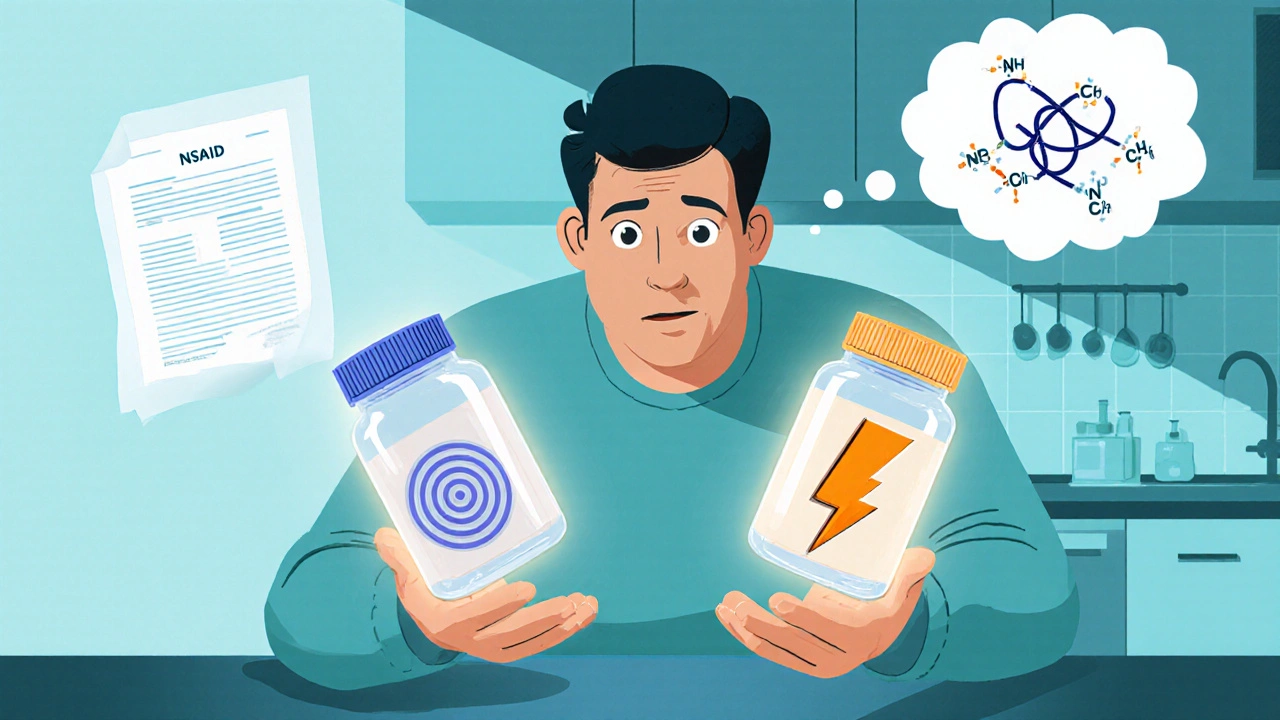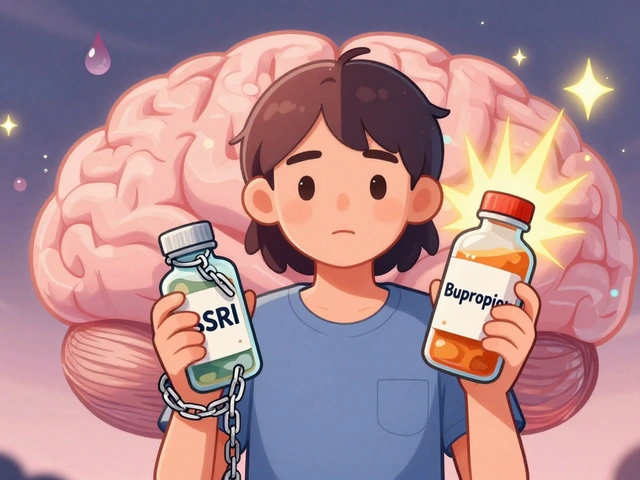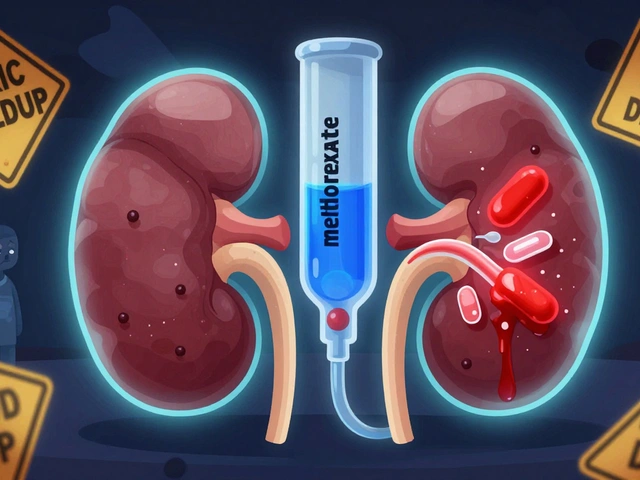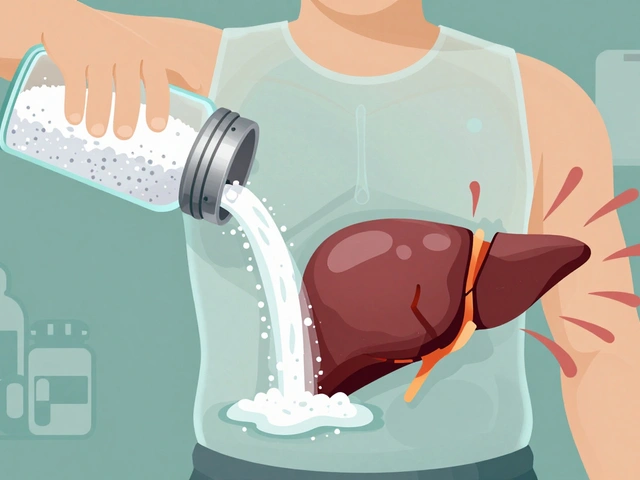Fluoroquinolone NSAID Interaction: Risks, Signs, and What to Do
When you take a fluoroquinolone, a class of antibiotics like ciprofloxacin or levofloxacin used for urinary, respiratory, or skin infections along with a NSAID, nonsteroidal anti-inflammatory drugs such as ibuprofen, naproxen, or diclofenac, commonly used for pain and swelling, you might be putting yourself at risk for something serious — CNS toxicity, a dangerous overstimulation of the central nervous system that can trigger seizures. This isn’t a rare guess. It’s a documented, FDA-recognized danger. The combination doesn’t just add side effects — it multiplies them. Fluoroquinolones already lower the seizure threshold. NSAIDs can push that threshold even lower, especially in older adults, people with epilepsy, or those with kidney problems. You might not feel anything at first. But then comes the headache, the dizziness, the ringing in your ears — and then, in worst cases, a seizure you didn’t see coming.
This interaction isn’t just about pills on a shelf. It’s about real people — someone taking ibuprofen for a bad back while on cipro for a UTI, or an elderly patient on naproxen for arthritis who gets prescribed levofloxacin for pneumonia. The risk goes up if you’re over 60, have a history of seizures, are on corticosteroids, or have kidney disease. Your body can’t clear the drugs as fast, so they build up. And when they do, your brain gets overexcited. There’s no magic number — even a single dose of an NSAID with a fluoroquinolone can be enough. It’s not about how much you take. It’s about the mix. And many doctors don’t always catch it. Pharmacists sometimes miss it too. You’re the only one who knows what pills you’re taking every day. If you’re on a fluoroquinolone, ask: is this NSAID necessary? Could acetaminophen work instead? Is there a safer way to manage the pain?
What to watch for and what to do next
If you start feeling unusually anxious, restless, confused, or get sudden muscle twitching while on these drugs, stop the NSAID and call your doctor. Don’t wait for a seizure. Don’t assume it’s just stress. These are early signs of CNS toxicity. Your doctor might switch you to a different antibiotic or a non-NSAID pain reliever. In some cases, they’ll just pause the NSAID until the antibiotic course ends. The key is catching it early. The damage isn’t always permanent — but it can be if you ignore it. You’re not overreacting if you’re worried. This interaction is real, and it’s preventable. Below, you’ll find real cases, comparisons, and safety guides that help you spot these risks before they hit you — because knowing what to look for is the first step to staying safe.

Fluoroquinolone + NSAID Risks: Neurologic & Kidney Damage Explained
Learn why combining fluoroquinolone antibiotics with NSAIDs raises the danger of kidney injury and neurological problems, and discover practical steps to stay safe.
read more




